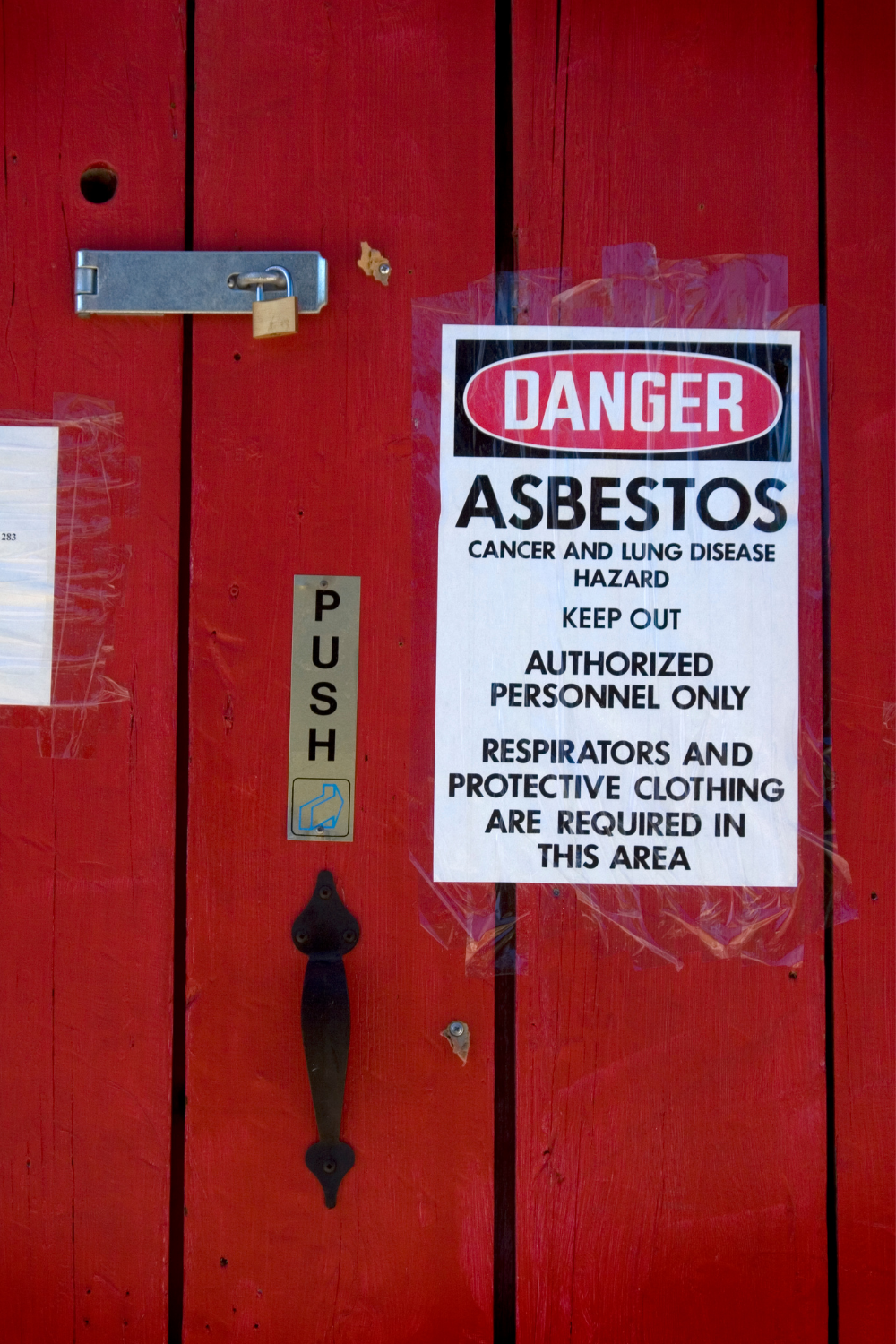Industrial Asbestos Removal Facts which you Should Know About

We hear and read about asbestos every day, but what are the facts? We obtained the data from an industrial asbestos removal firm in order to offer you with accurate information. Our main purpose is to provide you with information on asbestos and how it affects your life. Asbestos is a contentious topic that is rarely mentioned, so we've compiled a list of the most common asbestos facts: Highest rates of mesothelioma death in Australia. Mesothelioma is a malignancy induced by exposure to asbestos fibres. Following the United Kingdom, Australia has the second-highest death rate in the world, with 10,000 people dying from mesothelioma since the early 1980s. Asbestos is a dangerous and difficult-to-detect substance. In 2014, 700 people died of mesothelioma, according to the latest available statistics. These tragedies show that the threat is real in Australia. Individuals who operate in high-risk occupations such as electricians, builders, and plumbers must be informed of the dangers


